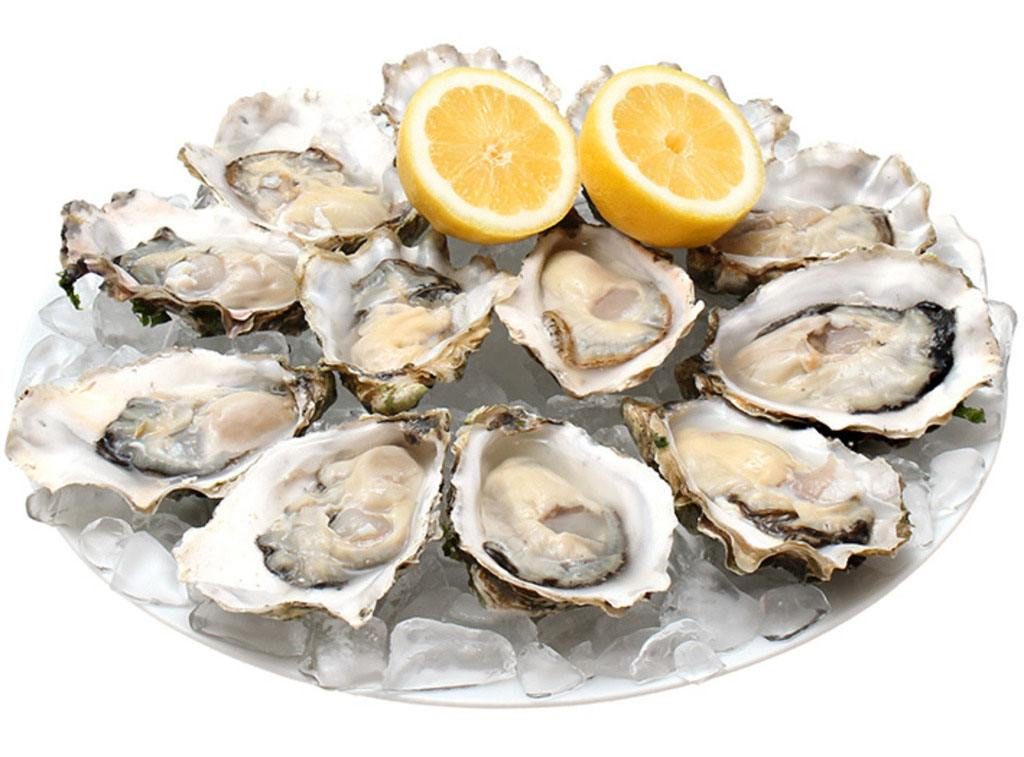MAUPASSANT’S OYSTER
2 min readChina’s Oyster Island’
The oysters produced in the waters around the city’s Hengqin Island present the quintessential example of Nature’s Bounty from the South China Sea. Dubbed “the milk from the sea bottom”, the oyster is the first marine product to be officially recognized as geographically identified with Zhuhai. Local chronicles indicate the Song Dynasty saw the rise of the first commercial oyster fishermen on the Zhuhai fishing scene.

Serving as a sustainable(and delectable!) nutrient, oysters play an essential role in the islanders’ daily culinary enjoyments, forever inspiring the city’s seafaring minds…and stomachs. Oysters can be smoked, boiled, steamed, roasted, barbecued or fried in butter or vegetable oil, and are loaded with nutritious vitamins and minerals, presenting the perfect food from just below the waves, somewhat like the surprise feast given by the pathetic but noble figure, Boule De Suif(Ball of Fat) to her starving comrades in the Maupassant story of the same name. A known lover of the delicious shellfish, oysters found their way into a number of Maupassant’s works, but his description in the novel, Bel Ami, best reveals his delight: “Small and rich, looking like little ears enfolded in shells, and melting between the palate and the tongue like salted sweets.”

Of all the wonderful ways to prepare this super-food notwithstanding, it was the genius of the food-conscious Cantonese that came up with the idea of using chicken soup to boil the oysters fresh from the sea. This cooking method, favored by the more old-fashioned Cantonese, truly ensures the quintessence of this superb bestowment from the sea is perfectly retained.









